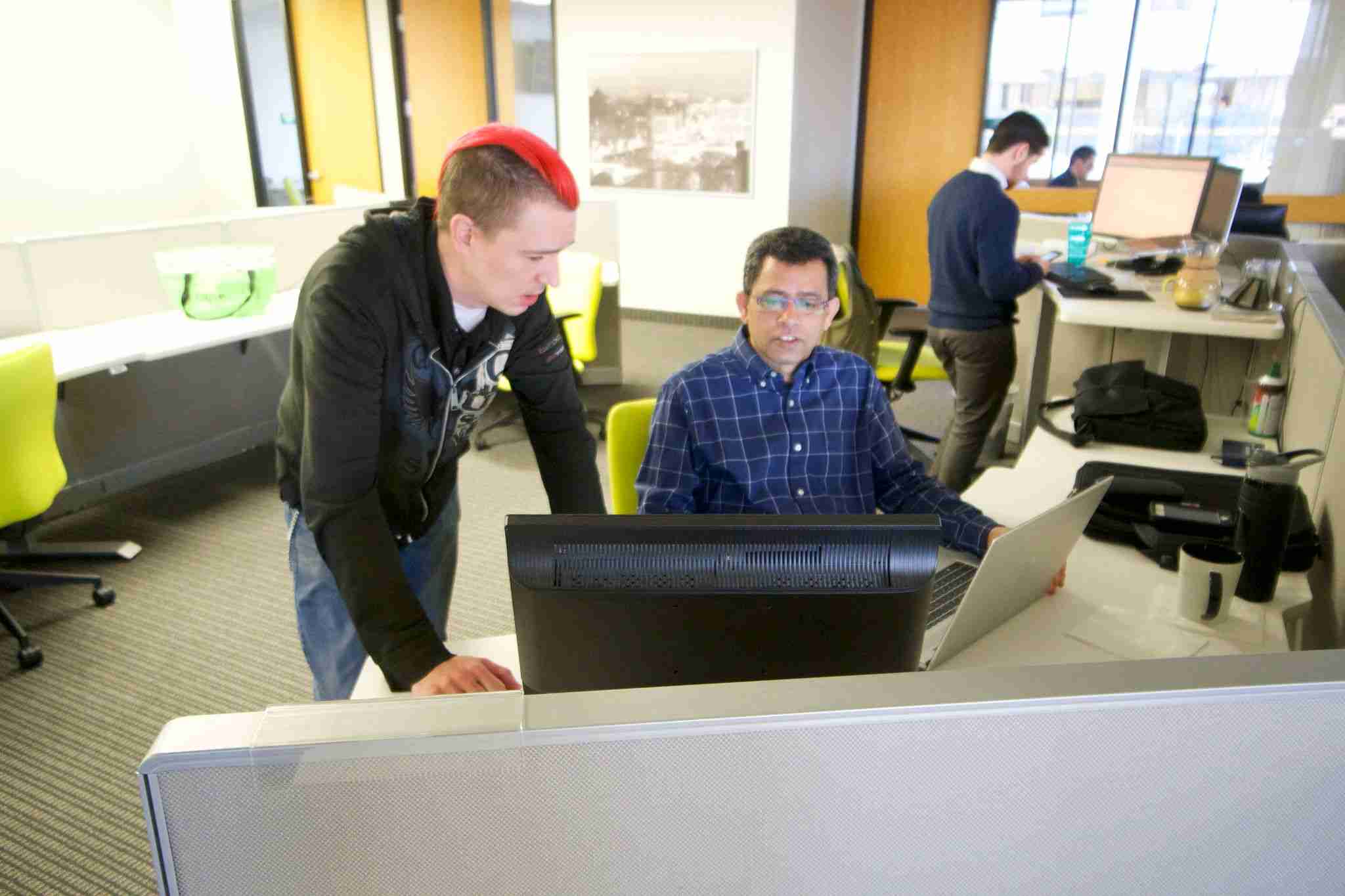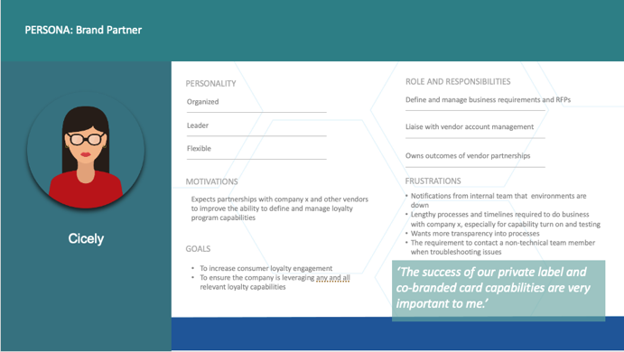Humanual Testing: 4 Tips to Get Started

Humanual Testing helps ensure the software we create will have an audience that enjoys using it.
As advances in technology such as test automation and Artificial Intelligence free up the time of our QA teams, we have more time and opportunity to focus our testing efforts on end-user satisfaction. At tapQA, we believe in the importance of Humanual Testing and how it is a vital evolutionary step for Quality Engineering organizations.
Humanual Testing is a substantial mindshift, but it doesn’t have to be hard to implement. Here are 4 ways you can get started with these techniques in your organization. These quick start tips will help your QA/QE teams add even more value and build better software!
1. Find an ideal pilot project for Humanual Testing
Are customers having difficulty engaging with your site? Are you not getting the desired results with a traditional functional testing approach? Take a deeper look at what your customers want - empathize with them and analyze the issues from a “human” perspective. This is where Humanual Testing comes into play. In order to successfully engage with customers and get a real sense of what people are looking for, you need to put technology aside and have professionals focused on what you can’t automate.
Three great candidates to pilot Humanual Testing:
- New projects that are just kicking off - these are great to find small opportunities for applying Humanual Testing techniques. Identify which techniques add the most value, and which members of your team are particularly strong at this approach!
- Applications / products where you get consistent feedback from end-users that they just don’t like the experience. The website / app is not intuitive, too clunky, too complex, the “flow” doesn’t make sense, etc. Incorporating Humanual Testing on these projects may uncover some quick wins to improve the usability of your product.
- Systems that have the greatest flexibility to be tuned for humans will reap faster rewards of human-centered design techniques.
2. Introducing Personas to Your QA Team
A great way to get your QA team introduced to your customer’s needs is to develop test personas. This can help convey points of empathy across your teams, as well as finding potential issues and areas for improvement.
Personas are not a brand new concept. Traditionally, they’ve been used by Business Analysts to help justify and prioritize features, but not used often by testing teams.
The following is an example of a persona:
We would use this persona to identify how Cicely engages with a product. What frustrations does she have with her role? What are her key hot buttons? How can our product help Cicely with her role? How will she interact with this system - what will she appreciate and what would potentially frustrate her? These are all great questions to ask when using personas in Humanual Testing.
If at all possible, push your QA team members to get involved during the design and discovery stages. This is vital for them to really understand how the system will be used and to build empathy with future-end users. QA professionals have a unique perspective in how software is used - and it’s an incredibly valuable perspective.
3. User-centric Reporting for Stakeholders
Reporting improvements can be made just about any time as long as you have good communication that doesn’t leave gaps in what your stakeholders need. However, it never hurts to build basic reports for your stakeholders.
Think about these things when you start building for reports for stakeholders:
- First off, define the user type. This includes users like Project Manager, QA Manager, Executive Sponsors and any other related users. Bonus points if you think about who your user will show your report to!
- Think about how they use the information. Are they using it to scrutinize risk? Updating the burn down chart? Are they even keeping up to date with the information and staying informed? These are some questions to consider asking yourself or others when making your report.
- How are they interacting with the information? Are they casually viewing it? Or are they drilling down at a granular level to make as many improvements as possible? These are also some important questions to answer when thinking about how your report is being read.
4. Guided Ideation – Who says QA can’t be creative?
Teams that do a good job with retrospectives will be the most effective at taking this sort of exercise or new skill to the next level. Try thinking of a goal or problem to solve. Then, develop a statement that asks how this goal solution can be achieved. The “How Might We” statement should be broad enough that it leaves the door open for a variety of solutions but narrow enough where the solutions can be implemented. Don’t get too hung up about the amount of possible solutions - it can be a tricky balance!
With your team or better yet, members of a cross team, spend some time brainstorming and throwing out ideas for solutions. Once we have some good options out there at a high level, we can spend some time refining the idea and come together to create the most sensible solution that secures an improved user-end satisfaction.
Get started with Humanual Testing
tapQA provides Humanual Testing and Design Thinking training and consulting services. We help organizations adopt this mindset to develop great software for their customers and users. Connect with us today to learn more about Humanual Testing for your organization!

Josh Brenneman
Josh Brenneman is the Delivery & Talent Director at tapQA. He has 10+ years of experience delivering value to organizations in the areas of strategic quality, delivery, release management, and testing.
Have a QA question?
Our team would love to help!
